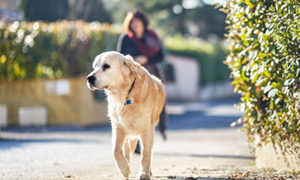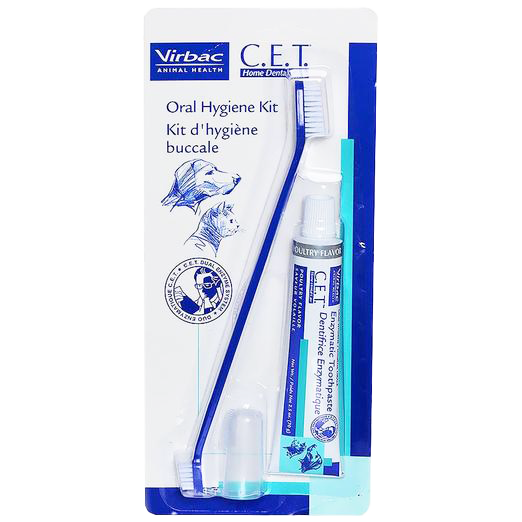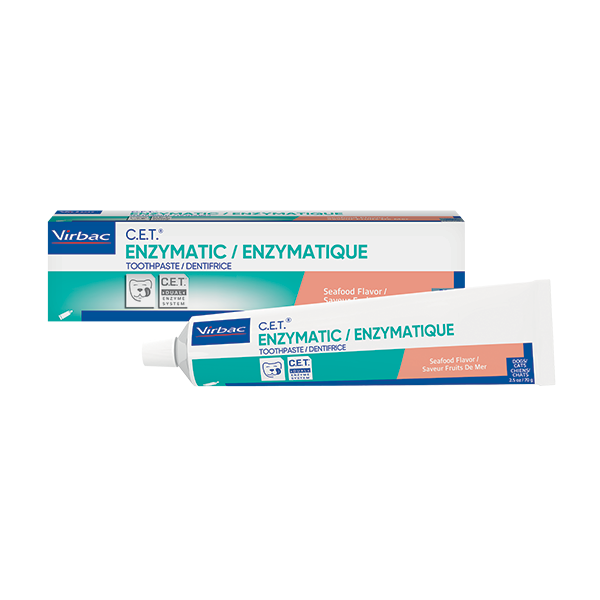
Bad Breath in Dogs and Cats
An indicator of your pet’s oral health
Bad breath or halitosis is common in dogs and cats. It is important to manage it as, besides the health problems it can lead to, it is detrimental to the owner-pet relationship. Bad breath is an indicator of your pet’s oral health and must be taken seriously. Besides the olfactory discomfort for owners, it can translate the presence of serious diseases such as periodontal disease, the number 1 oral disease in older dogs. It is considered that 25% of dogs between 1 and 4 years, and 75% of dogs between 4 and 8 years, to suffer from this disease. Smaller dogs are even more predisposed to it.
Any appearance of bad breath in your pet should therefore lead to a rigorous inspection of the oral cavity and motivate, if it persists, a veterinary consultation.
Solutions exist to prevent halitosis, or even to combat it once it is installed. They consist in good oral hygiene, if possible through daily brushing with toothpase specifically designed for dogs.
Useful supplements to brushing
If brushing, due to its constraining nature, repels a large number of owners, other tricks can be useful such as the distribution of sticks and chews (masticatory activity reduces the production of calculus and certain chews act directly on the oral and digestive causes of halitosis), the use of dental solutions to mix with drinking water, or more traditional techniques such as distributing an apple quarter (again, it promotes chewing).
The use of a high quality dry diet (wet food tends to accentuate the problem) is also likely to maintain oral hygiene. Kibble provide a mechanical action on the teeth : they rub on the abrasive surface and generate masticatory activity.
Certain nutrients incorporated into food formulas also have a specific action against dental plaque (a group of bacteria protected by a biofilm), which is at the origin of periodontal disease and for which one of the visible consequences is the appearance of tartar.
In advanced cases, removing tartar (descaling) under general anesthesia by the vet is the only option possible.
Did you know ?
-
Dogs have 42 teeth, and cats 30.
-
Both species are prone to various oral anomalies : persistence of baby teeth, dental fracture, abscess, gum disease…
-
Bad breath can be a warning sign, as well as pain causing feeding difficulties, bleeding, red and swollen gums…




